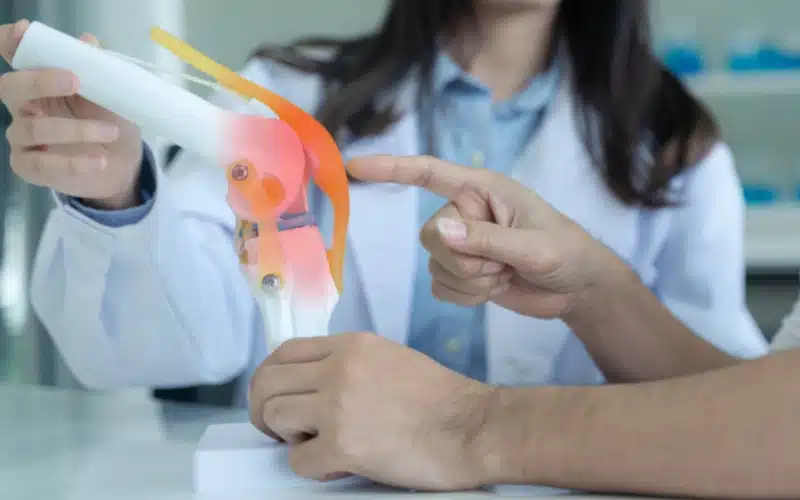Bursitis
Bursitis Treatment at Orthopedic and Spine Centers of Wisconsin
Appointments Available Within 24hrs
What Is Bursitis?
Bursitis is the inflammation of the bursae, small sacs filled with fluid that cushion the joints, reducing friction between bones, tendons, and muscles. This inflammation can cause pain and limited movement in the affected joint.
What Causes Bursitis?
Bursitis can be caused by various factors, with common areas of occurrence including the shoulder, knee, and elbow.
Causes may include:
- Repetitive Movements: Activities that involve repetitive motions can irritate the bursae.
- Injury or Trauma: Direct impact or trauma to a joint can lead to bursitis.
- Infection: Bursitis can result from bacterial infection, causing inflammation.
- Underlying Conditions: Conditions like rheumatoid arthritis or gout may contribute.
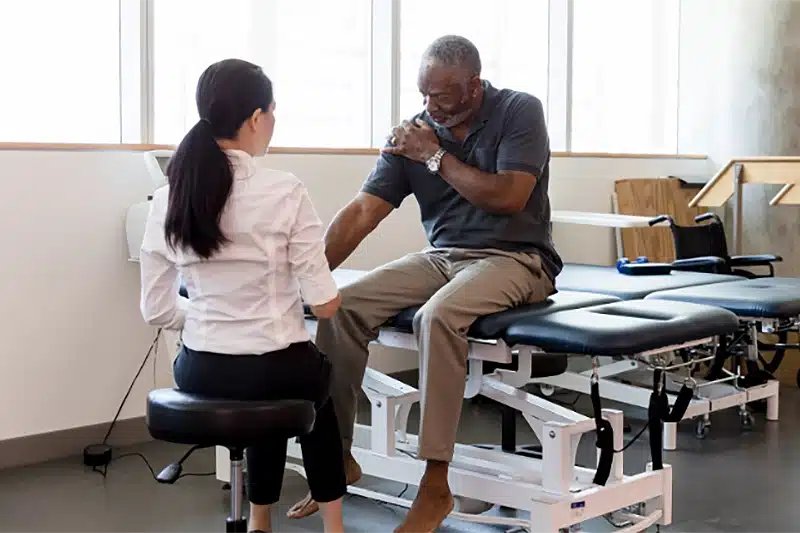
Shoulder Bursitis: Signs & Symptoms
Bursitis in the shoulder presents with distinctive signs and symptoms including:
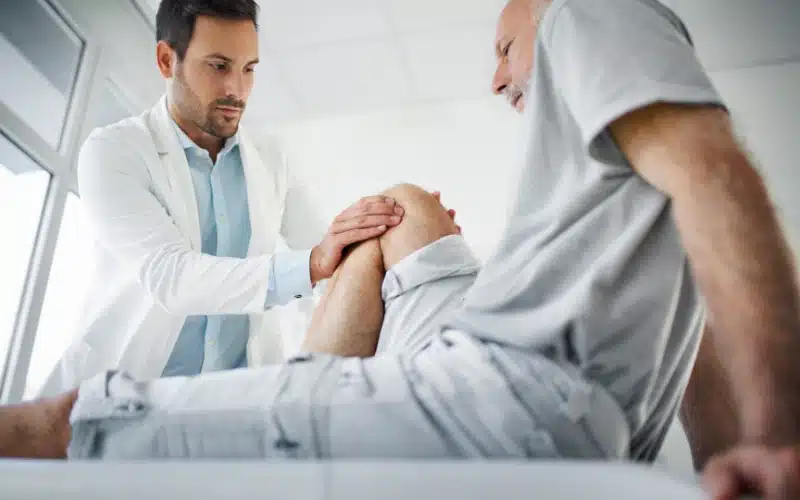
Knee Bursitis: Signs & Symptoms
Bursitis in the knee presents with distinctive signs and symptoms, such as:
Pain: Pain around the knee joint, exacerbated by bending or kneeling.
Swelling: Swelling on the top or sides of the knee.
Warmth and Redness: The affected area may feel warm to the touch, with redness.
Limited Range of Motion: Difficulty moving the knee or performing activities of daily living
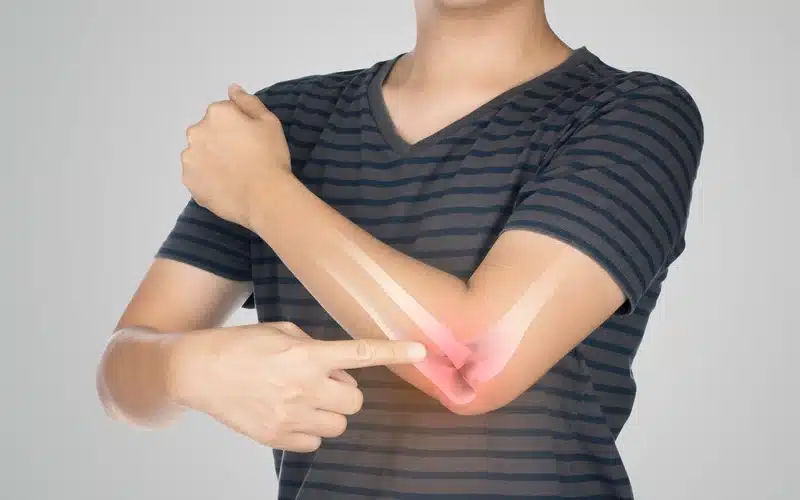
Elbow Bursitis: Signs & Symptoms
Bursitis in the elbow presents with distinctive signs and symptoms including:
Pain: Pain at the back of the elbow, aggravated by pressure or movement.
Swelling: Swelling around the elbow joint.
Warmth and Redness: The affected area may feel warm to the touch, with redness.
Limited Range of Motion: Difficulty in fully extending or flexing the arm.
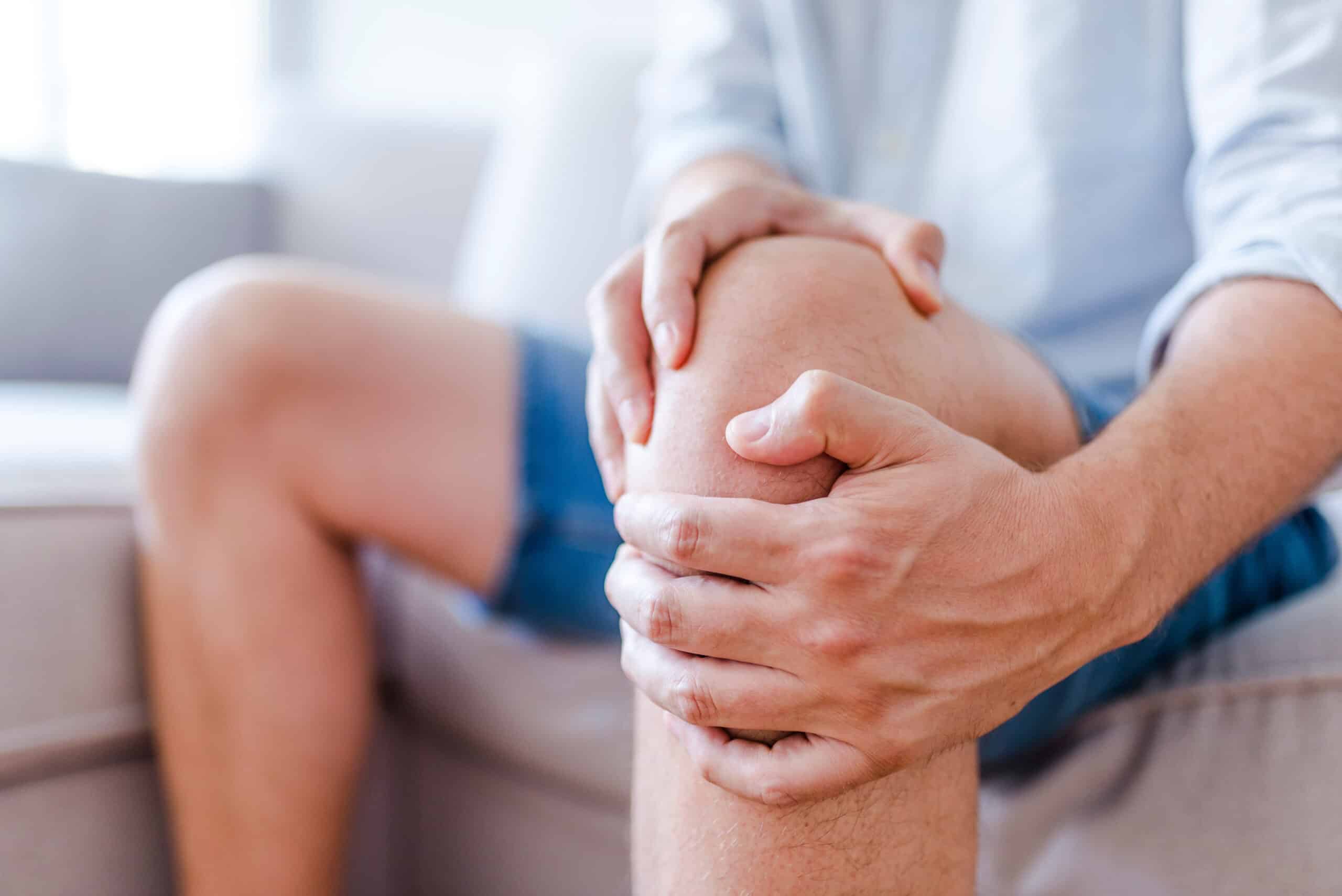
The Testing & Diagnosis Process for Bursitis
Diagnosing bursitis involves a comprehensive assessment of symptoms. Common diagnostic steps include:
Physical Examination: Evaluation of the affected joint’s range of motion and tenderness.
Imaging Studies: X-rays or ultrasound to visualize the affected area and rule out other conditions.
Aspiration of Fluid: Draining fluid from the bursa for further analysis.
What Are The Treatments For Bursitis?
Managing bursitis often involves a combination of conservative measures. Treatment options may include:
Rest and Ice: Allowing the affected joint to rest and applying ice to reduce inflammation.
Anti-Inflammatory Medications: Nonsteroidal anti-inflammatory drugs (NSAIDs) to alleviate pain and swelling.
Physical Therapy: Exercises to improve flexibility and strengthen the surrounding muscles.
Corticosteroid Injections: Administered to reduce inflammation in specific cases.
